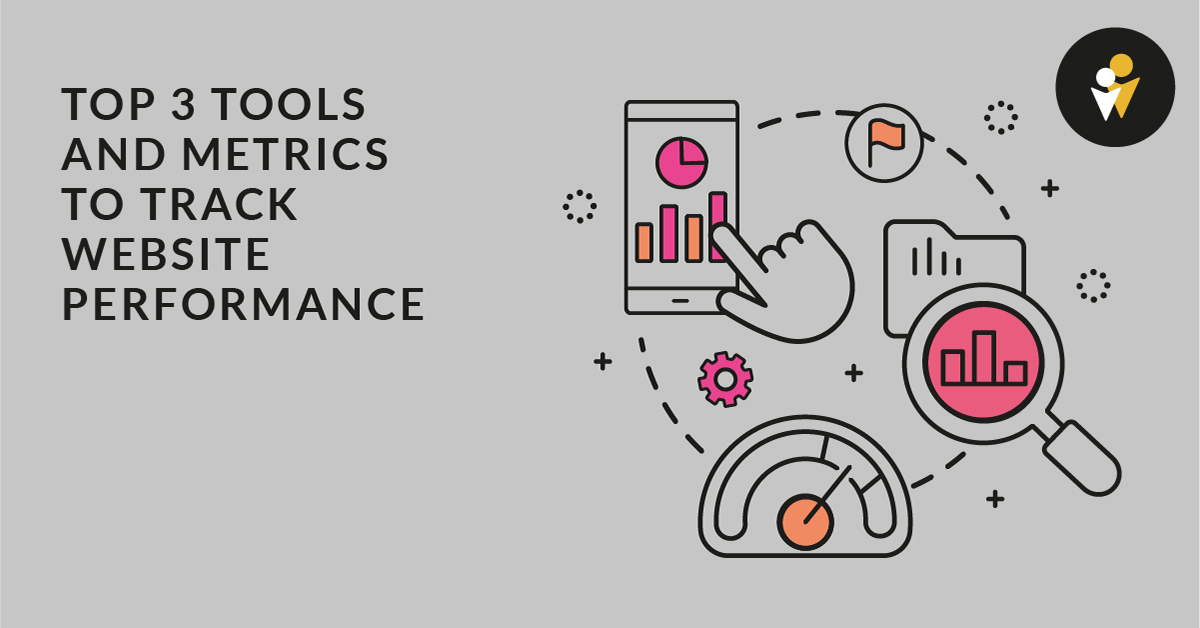If you are marketing without tracking your key performance indicators (KPIs), you are throwing your hard-earned money down a bottomless wishing well. In order to make informed decisions on how to refine your marketing campaigns, you must have the best tools to track your website performance and analyze metrics.
The growing trend of inbound marketing can make tracking individual platform performance overwhelming. With so many third party sites monitoring the performance of social media, websites, and even email newsletters, how do you pull it all together and make sense of trends? You could check each website daily and input your findings in a spreadsheet to keep all the information in one place. Then, for each platform, you can develop your own graphics to better paint the picture of success or need.
Sounds like a lot of work. What if I were to tell you there are tools available to pull this information together for you? You would save countless hours and, in an industry where time is money, the following integrative dashboards are likely to pay for themselves.
Google Analytics
Google Analytics is the best option for most small businesses because it is a free service. There is a premium paid subscription perfect for larger companies, but you can get great results from the free offering as well.
The great thing about Google Analytics is it tracks nearly every single aspect of your potential customers actions on your website. Analytics can tell you where they clicked, how long they stayed on the site, what their subsequent actions were, or if they added anything to their shopping cart. Analytics can even determine whether the traffic came from social media, a paid ad, your newsletter, or from an organic search.
One drawback to Google Analytics is there is so much information that, to the untrained eye, all the statistics can quickly become overwhelming. Thankfully Google anticipates this and provides helpful tips on how Google Analytics works and what information they track.
HubSpot
HubSpot has it all in a fully integrative dashboard that tracks all of your website KPIs in one place. The dashboard also provides visual guides to display easy-to-read analysis in graphs and charts. This takes the guesswork out of all of those raw numbers. Key data points show the health of every aspect of your website and marketing efforts.
Fully integrative means HubSpot pulls in analytics from your social media sites, paid ad hosts, and your website to give you a big picture idea of where your traffic is coming from. This way, you can easily see which platforms are not performing as well. Knowing where you’re falling short makes it a lot easier to pinpoint your problems and develop solutions.
SEMrush
If staking out the competition sounds appealing to you, then SEMrush is where to find it. This tool pulls data from your site and compiles the information into easy-to-read formats. They also help you to optimize your advertisements on Google, Bing, and Yahoo by comparing your own ad spend keyword searches and copy to that of other businesses similar to yours. This is by far one of the best ways to keep up with growing market trends. You can stay up to date with what your customers are truly searching for and develop content they will find more easily.
SEMrush is a paid service that starts at about $120 a month and goes up with each tier. With the higher tiers, you can fully integrate all the information from Google Analytics as well as measure your keyword rankings. If you consider the amount of research available to you, this service saves you hours of organic investigation into your competition. This tool is one of those that pays for itself.
The Top Eight Metrics You Should Track
No matter which tool you choose to monitor the health and performance of your website, these are the most important KPIs you need to track in order to make the best decisions on your marketing strategy.
-
1 - Total Traffic
How many people are finding your website? Though this information can seem vague without context, knowing your total traffic will allow you to measure conversion rates. You can also determine the percentage of traffic coming from various sources. -
2 - Bounce Rate
What percentage of visitors to your site leave after viewing one page? This could give you an indication of lacking information or having vague content. Also, maybe your keywords are attracting visitors who are looking for something entirely different from what you offer.
(Be aware, Bounce Rate in Google Universal Analytics will be going away in place of “Engagement” with the release of GA4) -
3 - Page Views Per Session
This is another high-level metric that indicates whether visitors are finding your website to be useful. -
4 - Total Site Duration
How long did each user spend perusing your content? -
5 - Time on Page
This is important if your website is interactive or if you publish regular content like blogs. If your blog posts take fifteen minutes to read, but the average time on the page is five minutes, this can tell you many did not read all the way through. -
6 - Traffic Sources
Where did the customer go to find your website? It is important to measure the various platforms used to access your website to determine which impressions move the potential customer to action. -
7 - Device Source
Knowing how your visitors interact with your content can help you better align with your audience. For example, if the majority of your audience browses your website via a mobile device, having a mobile responsive website is essential. -
8 - Demographics of Users
Knowing who your customers are will inform you on how to approach them in advertisements. Making general assumptions about where they live, their daily concerns, and shopping habits can help you target your marketing efforts to those who need your goods or services.
Still too Much to Follow?
Building websites that continue to grow with your business is not easy. PIC are not only experienced web-designers, but your strategic marketing partners. PIC is a full-service Internet marketing agency with over 20 years of SEO expertise as well as content development and website design and development services. Contact us to learn more.
And if you would like to learn more about other KPIs that are important to your marketing efforts, read our blog titled, Why KPI Performance Tracking is Crucial for Growth Marketing.















